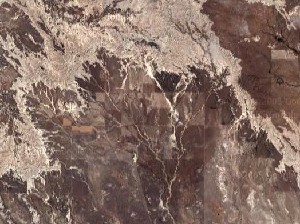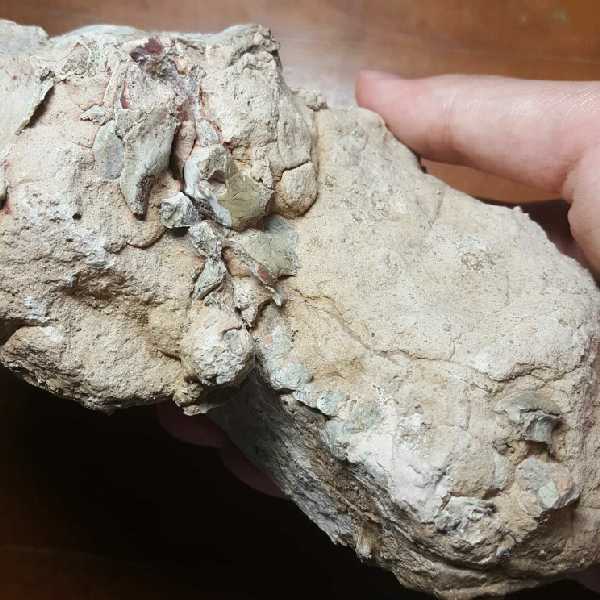
The occurrence of an object on Mars with a seemingly human face caught the attention of individuals and organisations interested in extraterrestrial intelligence and visitations to Earth, and the images were published in this context in 1977. | year=1985 | title=The Great Stone Face and Other Nonmysteries | journal= Skeptical Inquirer | volume=10 | pages=14-18 | url= ] who discovered the two misfiled images, Viking frames 35A72 and 70A13, while searching through NASA archives. This latter discovery was made independently by two computer engineers at NASA's Goddard Space Flight Center, Vincent DiPietro and Gregory Molenaar, cite journal | last=Gardner | first=M. 5 | language = English | isbn = 1883319307 ] However, a second image, 70A13, also shows the "Face" and was acquired 35 Viking orbits later at a different "sun-angle" than the 35A72 image. Hoagland | title = The Monuments of Mars - A City on the Edge of Forever | edition = 4th edition | publisher = Frog Books | year = 1996 | pages = pg. Last = Hoagland | first = Richard | authorlink = Richard C. When the image was originally acquired, Viking chief scientist Gerry Soffen dismissed the "face" in image 35A72 as a " of light and shadow". In one of the images taken by Viking 1 on July 25 1976, one of the Cydonian mesas, situated at 40.75° north latitude and 9.46° west longitude, had the appearance of a humanoid "Face on Mars". , NASA Jet Propulsion Laboratory raw data in IMQ (ImageQ) format can be downloaded from these links:, ,, ,,. Of the seven good images, the lighting and time at which two pairs of images were taken are so close as to reduce the number to five distinct images. The other eleven images have resolutions worse than 550 m/pixel (1800 ft/pixel) and are virtually useless for studying surface features. 20 meters per pixel resolution.]Įighteen images of the Cydonia Mensae region on Mars were taken by the Viking 1 and Viking 2 orbiters, of which seven have resolutions better than 250 m/ pixel (820 ft/pixel). "Applied Optics" 27, 1926-1933.] and popular attention. "Geophysical Research Letters" 26, 3049-3052.] Cydonia is covered in numerous mesas, some of which have attracted both scientific Carlotto, M.

"Geophysical Research Letters" 25, 4401-4404.] and that Cydonia may have been a coastal zone (though this is still uncertain). Some planetologists believe that the northern plains may once have been ocean beds.

It lies in the planet's northern hemisphere in a transitional zone between the heavily cratered regions to the South, and relatively smooth plains to the North.

Cydonia Mensae is an albedo feature (region) on the planet Mars (named after a historic city state in Crete).


 0 kommentar(er)
0 kommentar(er)
